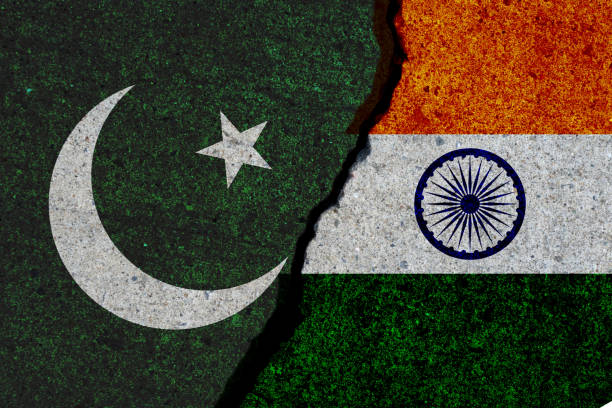Khadim Hussain
April 29, 2025
Recently, after a terror attack in Pahalgam in Kashmir and the subsequent loss of 26 civilians, the Indian government announced some hard measures against the state of Pakistan which included suspension of the Indus Waters Treaty (IWT) that administers the share and management of trans-border rivers between the two South Asian countries. Some other measures against Pakistan consisted of closing the Attari border crossing, cancellation of visas and downgrading the Pakistan High Commission in New Delhi.
In retaliation, the Pakistani government rejected the Indian decision to suspend the IWT and forewarned any move “to stop or divert the flow of water belonging to Pakistan” will be “considered an act of war and responded with full force”. The government of Pakistan, the statement said, had the right to hold “all bilateral agreements with India”, including the Simla Agreement, “in abeyance”. The government of Pakistan also shut down the Wagah border crossing and its airspace to Indian overflights as well as halted all trade. The geostrategic situation and its impacts are not only alarming for the people and traders of India and Pakistan but also for Afghanistan and other countries of the South Asian region.
In the context of the present conflict—one of the many in the past decades—between India and Pakistan, one is tempted to delve a bit deeper to understand intertwining layers enveloping the genesis of the conflict. Though the genesis has been duly documented by scores of authors yet perpetual reminder is essential for self-consciousness and for shifting the regional discourse to more substantial issues than mere jingoism on both sides.
The Indian subcontinent, partitioned as India and Pakistan in 1947, had fallen to direct British colonial dispensation after 1747 which was consummated in 1857 and was subsequently shifted to a direct rule by the British crown. Afghanistan, on the other hand, remained under the indirect British suzerainty from 1839 till 1919. Both the direct colonization and the indirect suzerainty was brought about by a mixture of military might, perfidy, rapacity, pragmatic approach and utilitarian acumen on the part of first the East India Company and later by the British empire. Political administration, governance structures, judico-legal institutions, economy and financial dispensation, trade and commerce, linguistic and sociocultural narratives, media and communication, and institutions for the production of knowledge were constituted and controlled to sustain the empire and its economic interests. The British imperial structures thus effectively stigmatised and stunted indigenous wisdom, political evolution, innovative institutionalisation, indigenous economic development and sociocultural worldview in the Indian subcontinent and in Afghanistan.
The rich sociocultural, religious, lingual and ethnic diversity in the South Asian region was painted as a curse by the colonial masters over the years. Hierarchical governance structures were thus institutionalised to ‘harmonise’ and ‘homogenise’ the rich diversity through centralisation of authority. To sustain the structures, the British imperial masters formed and used two readily available tools—cooption through land settlement and selective distribution of resources so as to structure classes and form a dominant elite class. Simultaneously, the British imperial rulers widened the religious schism between the dominant faiths of Islam and Hinduism in the region. In response to the nationalist movements in the Indian Subcontinent, the British empire used religion insidiously.
Though several contested divergences may be found in the political evolution of India and Pakistan after partition in 1947 but a few commonalities depicting the shared colonial legacy still persist in both countries. With certain variations, both Indian and Pakistani elites yearn for centralisation, carry out institutionalisation of hierarchical governance structures, form policies that lack spaces to include ethno-national, lingual, sociocultural and religious diversity and construct discourses that deny equitable distribution of resources. Religious fanaticism and sectarianism are the tools that the elites of both countries, no doubt with considerable variations, usually work with to divert attention of the masses from substantial political, economic and cultural issues. Hence, both countries share the existence of colonial bureaucratic structures, civil and military establishments, elitism, jingoism and the use of armed and unarmed fanatic religious private militias and gangs that belie claims of the elites of both countries to representative democracy, social justice, sustainable development, economic-political-cultural rights and fundamental human rights.
The shared but varied sociopolitical and socioeconomic colonial structures have led to the misery of one and half billion people living in the subcontinent in particular and in the whole of South Asia in general. The United Nations Development Fund (UNDP)’s report of the year 2023-2024 entitled “Breaking the Gridlock: Reimagining Cooperation in a Polarized World” available at https://hdr.undp.org/content/human-development-report-2023-24 carries facts and figures regarding the Human Development in South Asia in general and in India and Pakistan in particular. The report notes that “the main derivative of the Human Development Report is the Human Development Index (HDI) which is a composite index measuring average achievement in three basic dimensions of human development—a long and healthy life, knowledge and a decent standard of living”.
The report has found out that the “South Asian countries do not figure in the first category of very high human development. Sri Lanka and the Maldives are two countries that are categorised under High Human Development [0.700–0.799] while India, Bangladesh, Nepal, Bhutan and Myanmar are under Medium Human Development [0.550–0.699]”. Pakistan and Afghanistan are under the low human development category. [Below0.550]. Low ranking indicates a higher level of HDI for the country.” The report further states that “the 2023/2024 Report places Pakistan in the ‘low’ human development category with a Human Development Index (HDI) value of 0.540 and global ranking of 164 out of 193 countries. In the 2021/2022 Report Pakistan had a Human Development Index (HDI) value of 0.544 with a global ranking of 161 out of 191 countries.
The consequences of wars, lawlessness, exclusion, misplaced priorities and lack of human security emanating from the shared colonial legacy can be seen in the form of famines, low economic growth, unemployment, lack of food security, political instability, economic crises, perpetual displacement, brain drain, dispossession and dissatisfaction of the masses. Conflicts and escalation have historically been used by the elites of both the countries to reconsolidate their position and power at home through fanning xenophobia.
The shared colonial legacy may be seen in juxtaposition to the shared geo-economic opportunities for India, Pakistan, and Afghanistan besides other countries of the region if cultural exchange, research and educational collaboration and trade and commerce in the region, that is home to one and a half billion people, continue to thrive. Findings of all studies on the growth of economies indicate that exchange and trade among neighbouring countries are two of the most effective variables that bring great dividends with little cost. Most of the countries in South Asia are connected through both land and sea routes. Most of the countries in South Asia share cultural values and historical ties. The common masses in the South Asian region will certainly prosper if cultural exchange, trade and commerce and collaboration in innovative research enterprises continues uninterrupted. This can happen despite unresolved border and geostrategic disputes. After all, China and India continue to engage in bilateral trade, amounting to some $ 180 billion annually, despite border disputes. Why can’t it happen among other countries of the South Asian region?
Irrespective of debates on bilateralism and multilateralism, long-term resolution of the complex disputes between India and Pakistan may take several decades but the first step towards resolution of the long-term disputes is bringing about a paradigm shift in the discourse of the states. The geo-strategic paradigm needs to be transformed into geo-economic opportunities. The need for consistently repeating this position cannot be gainsaid. India and Pakistan are well placed to make the South Asian Association for Regional Cooperation (SAARC), that include Afghanistan, Bangladesh, Bhutan, Nepal and Sri Lanka as its members besides India and Pakistan, a more dynamic platform for regional trade and commerce. The region may take historical strides towards peace and prosperity if this happens.
For the immediate de-escalation of the current and future conflicts between India and Pakistan, the civil societies (political parties, media organisations, research & policy institutes, trade unions, business organisations, professional organisations, etc.) of both the countries need to create spaces internally and externally to lobby for peace and de-escalation. Peaceniks in the rest of the world can play an important role in facilitating the civil societies of both the countries to create permanent spaces for peace advocacy.
Formation of civil society spaces for peace dialogue, associated with cultural exchange, seems to be currently difficult due to emotively charged environment on both sides but not impossible. This will require a much-needed long-term commitment on the part of peaceniks from both sides. This is a highly essential course as the fate of one and a half billion people is at stake. The Track-II diplomacy, although useful at times, has been previously experimented but the chances of success of such diplomacy are scarce as participants of this kind of diplomacy are usually required to carry forward interests of their respective states instead of the masses of both countries. It is high time that the shared colonial legacy is brought to an end and to move towards shared geo-economic paradigm.
The writer is researcher, analyst and author based in Islamabad and can be reached at khadimhussainpajwak@gmail.com .


Sir, more power to you. You have analyzed the whole phenomenon in a well-structured and authentic manner.